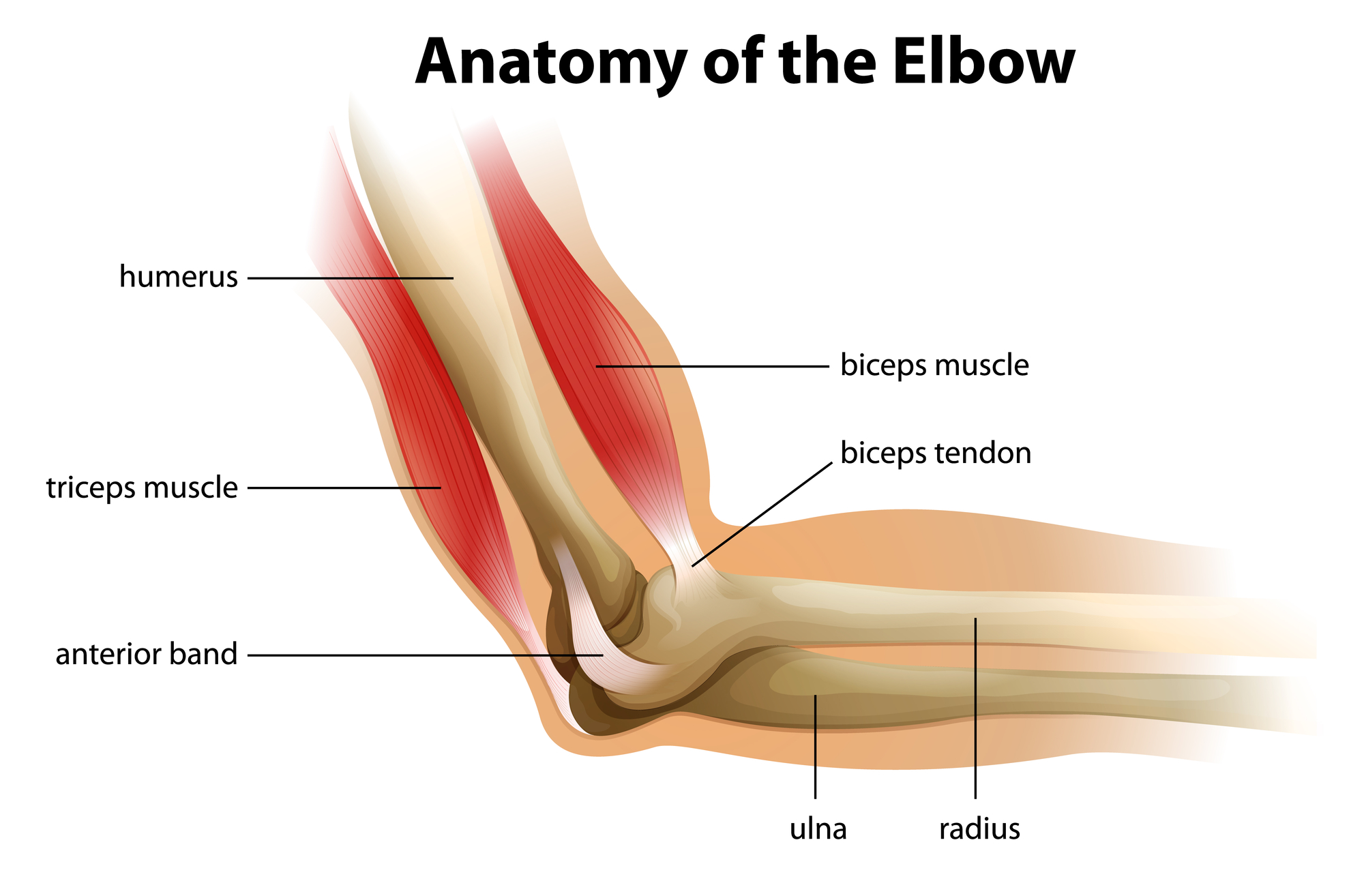
The elbow joint plays a crucial role in the proper functioning of the upper extremities, enabling essential movements such as bending, straightening, and rotating the arm. When conditions such as arthritis, traumatic injuries, or degenerative diseases affect the elbow joint, they can significantly impact a person's quality of life. In such cases, elbow joint replacement surgery becomes a viable option to alleviate pain, restore mobility, and enhance overall function.
Understanding Elbow Joint Replacement: Elbow joint replacement, also known as elbow arthroplasty, is a surgical procedure designed to replace a damaged or diseased elbow joint with an artificial implant. This procedure is typically recommended when conservative treatments, such as medication and physical therapy, fail to provide relief.
Conditions that may lead to the need for elbow joint replacement include: Osteoarthritis: A degenerative joint disease that results in the gradual breakdown of the cartilage in the elbow joint, leading to pain and limited mobility. Rheumatoid Arthritis: An autoimmune disorder that causes inflammation of the joint lining, leading to joint damage and deformity. Post-Traumatic Arthritis: Arthritis that develops following a severe elbow injury, such as fractures or dislocations. Failed Previous Surgeries: In some cases, individuals may require elbow joint replacement if previous surgeries have not been successful in addressing their elbow issues.
The Elbow Joint Replacement Procedure: Elbow joint replacement surgery is typically performed under general anesthesia and involves the following key steps: Incision: A surgeon makes an incision to access the damaged elbow joint. Bone Preparation: The damaged parts of the humerus (upper arm bone) and ulna (forearm bone) are carefully removed. Implant Placement: Metal and plastic components are then inserted to replace the removed bone, mimicking the natural articulation of the joint. Closure: The incision is closed, and the patient is monitored during the initial stages of recovery.
Benefits of Elbow Joint Replacement: Pain Relief: One of the primary goals of elbow joint replacement is to alleviate persistent pain associated with arthritis or injuries. Improved Functionality: The surgery aims to restore the normal range of motion and function of the elbow, enabling individuals to perform daily activities with greater ease. Enhanced Quality of Life: By addressing the underlying joint issues, elbow joint replacement can significantly improve an individual's overall quality of life and independence.
Recovery and Rehabilitation: After surgery, patients typically undergo a structured rehabilitation program to regain strength, flexibility, and coordination in the affected arm. Physical therapy plays a crucial role in ensuring a successful recovery and maximizing the benefits of the elbow joint replacement.
Conclusion: Elbow joint replacement is a valuable option for individuals experiencing debilitating elbow pain and dysfunction. By restoring the integrity of the joint through surgical intervention, this procedure can offer significant relief and contribute to an improved quality of life. Individuals considering elbow joint replacement should consult with their orthopedic surgeon to explore the most appropriate treatment plan based on their specific condition and medical history.